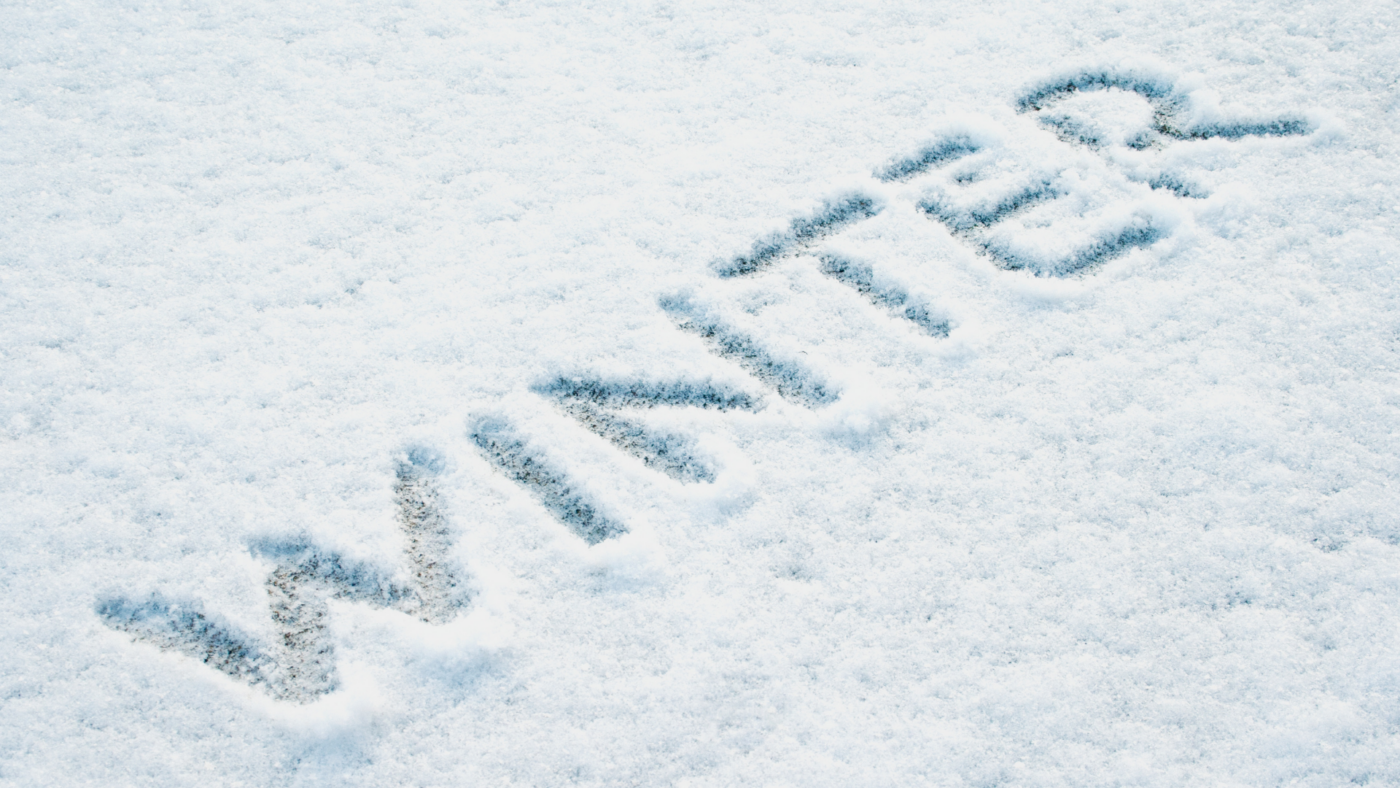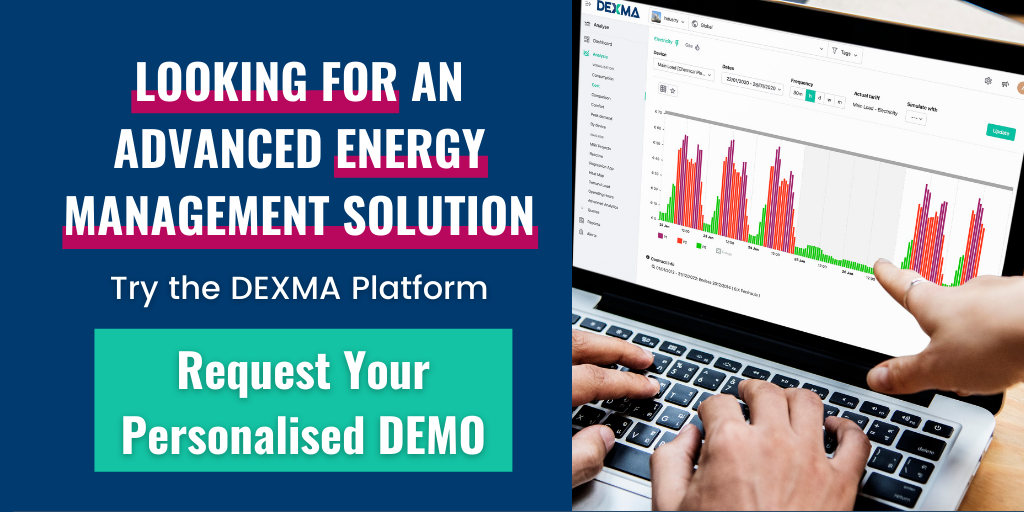Over the last few days, we have had this one thing in our minds: winter has come to finally stay in the UK. Before it ends and you get scared analyzing your electricity and gas bills: did you think of doing something quick and easy about it in your building?
With our short to-do list prepare your building for an efficient winter you’ll be able to:
- quickly detect those parts to be improved
- obtain useful solutions for HVAC problems
- control costs and avoid incidents
If you got this far, go one step further and enjoy an efficient winter in your building:
1. Take a look at the people’s behaviour inside the building and correct it. The first days that you turn the heating on in the building, observe if people open and close doors/windows etc. to see if the heating is tampered with or misused. This is a frequent tendency, making the building lose its heat and be constantly inefficient. To be even more efficient, try the following:
2. Indicate those hazards deviated from the cold. If the building is located in an extremely cold area you can get snow and ice cornices on the roof or eaves of the building. Or even the dew can freeze on the outdoor paving. Before the extreme cold arrives, take the previous recommendation to indicate those spots. Despite not being an energy efficiency measure itself, it will help to reduce accidents in your business and will increase productivity.
3. Go around and see the facades and roofs. Try to find components in poor conditions, cracks, leaks, or any issue that could affect the building’s insulation. If you have time, you can increase the building’s efficiency by testing indoors as well. Once you are finished with the visual assessment, here’s a tip: make a list of what you’ve seen. If those problems impact the HVAC or could do so, try to solve them before the lowest temperatures come. If damages are not serious and you found little cracks or holes, the quickest thing to do is to ask your maintenance team to caulk them. And don’t forget to check the roof.
4. Check the heating system. If you work specifically with heating boilers or gas systems, it’s not a bad idea at all to call a technician to comply with the annual review before having the system in full performance during winter. If you’ve already passed the inspection, check the boiler room to make sure everything’s in order. Check the appearance of the materials and pipelines, and make sure the measuring values are constant with normal levels. Go over the thermostats to be between 19º and 20º. Remember that for every degree that temperature rises, your costs are increased a 7%. If you have a monitoring system available, we recommend you to watch out during the first days when heating is on: check there is no strange data.
– Explain to your colleagues which is the sustainability, saving and efficiency plan of the firm is.
– Place signs and posters on windows or doors which should not be open and explain why.
– Create an information system so your colleagues can let you know about excesses of cold and hot.
5. Is there any obsolete areas in your building? Close them during the winter season. Don’t allow access to those areas which are not going to be used. Make a double effort of insulation to these rooms. This way, you don’t only save the HVAC of those spots, but also other consumptions such as electricity or water.
6. Avoid frostbites. One of the scariest problems related to plumbing is frostbites in pipelines. Thus, to have an efficient winter without alarms, the best thing is to check those pipelines most exposed to the cold. In the event of perceiving debilities, you should:
– Repair minor damage with adequate products for plumbing.
– Insulate pipelines with special coatings. Tip: try to choose those that will be easier to remove once summer comes.
7. What you don’t measure, you won’t improve. Whether you are just starting to achieve an efficient building or you have been putting in practice several measures for a long time, it is key to count on a trusty system measuring energy consumption. Clearly, you can kick off with a spreadsheet in Excel to measure the impact, but if you count on an energy management system, you’ll go further beyond that:
– Consumption and costs alerts. If you exceed the limits of your budget or consumption.
– Analysis of “black holes” of energy consumption. Do you know which areas consume more energy?



